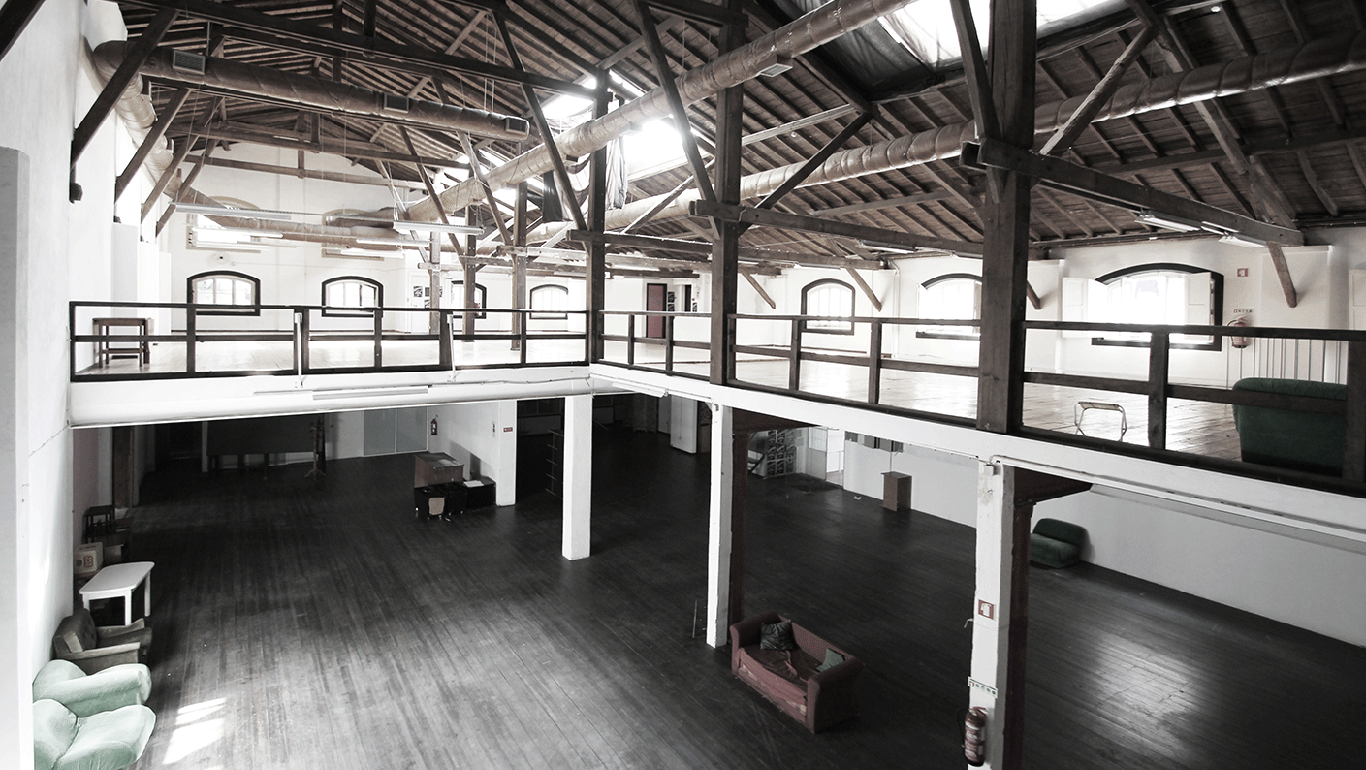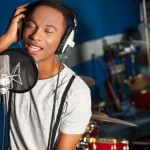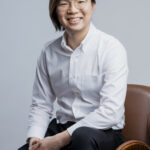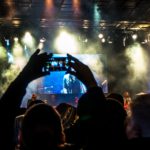04
Jan
2018
Sound Artist Mark Ijzerman – Using sound to create a better everyday life
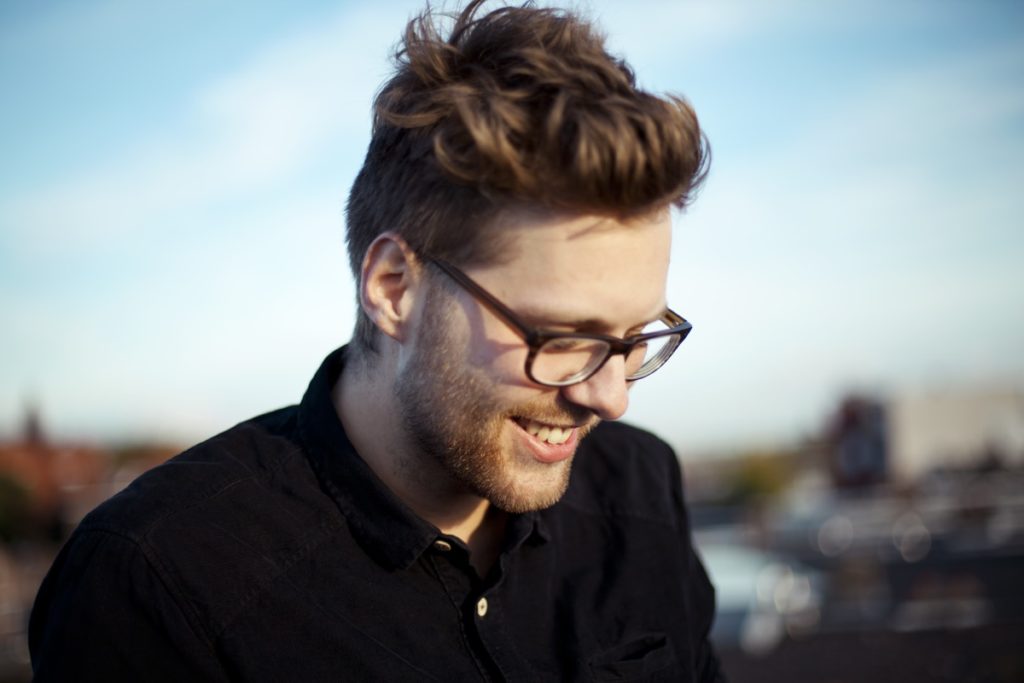
Reading Time: 6 minutes
Mark Ijzerman is a sound artist, sound designer, writer, and educator from the Netherlands. Currently, he works at the intersection of art and technology as he skilfully combines the different media.
The role of a sound artist can bring about many interesting projects unknown to the rest of the world. In this interview, Mark will explain experiments between sound and taste. He will explain to us how sound can be used to humanize health care for all of mankind. We will examine how sound can be used as a mediator for people who suffer from Dementia and why it is important to create a better sounding world altogether.
Q: You are known to many through the Everyday Listening blog that you have been running for some years. Can you tell us something about it?
Everyday Listening was originally founded by former colleague Hugo Verweij. He went on to work for Apple, and I took over from him in 2009. For me, it’s like a museum and/or repository of how the sound artist in me works. While most blogs tend to keep up with the latest/greatest/hippest projects, the museum-approach is a bit different.
It is a repository of works which are great and can serve as inspiration as well as explain what the field is all about. I try to keep the explanations as simple as possible and try to mostly focus on the artwork instead of the artist. I think no one likes to read about all the great prizes the sound artist have won. People want to know about the artwork. For me, the collection also serves as inspiration, and I use it in my classes.
Q: In some of your recent works, you have been experimenting with the relationship between sound and taste. In projects like the audio coffee lab, people can experience how sound can alter the way we taste things. Why do you think this is important and how do you think these experiments can develop in the future?
It is a very underdeveloped field. People are using hip, flashy technologies like VR and AR to create new experiences. But why aren’t we using more combinations of old and new mediums along with sound and taste to tell a story? I think it is all about nuances. If every work is very flashy and in-your-face, that’s going to become boring very quickly. However, by exploring new, delicate combinations of old knowledge and new technologies, I hope to broaden the spectrum with which we can create artworks and applied objects.
Currently, I am working on this type of combined storytelling within the University, with my students. They are making various projects about taste and sound, exploring all the possible combinations.
Interactive cocktail-bar test, a sound art installation made for Hendrick’s Gin’s “Emporium of Sensorial Submersion”
Q: Most of your work is collaborative. Which part of a sound object or installation do you do?
I often get asked “just” to do the sound, but then I end up programming or doing the hardware as well. Secretly, that’s what’s a lot of fun for me, this fiddling around with code to make something work the way I want. The coding of the interaction and the sound design have to go hand in hand. In the case of the project with sound and taste experiences, I like to work with people who know more about the taste than me. It’s a good opportunity to complement with people who are blessed with a great tongue in order to create interesting experiences of both eating or drinking.
At first, I would only make the sounds and the code, recently I’ve been involved more in the whole process of creation. The Time Shift project, an audio-photobook that I worked on during my Korean artist in residence programme, is a good example. I used photos from Sebastien Robert, but I mainly did the design and created the hardware. So my work has been shifting into working on the whole artefact instead of just a small part of it.
Q:Being a sound composer and installation artist, but also researching and writing about everyday sounds and objects, I assume that you often deal with the sense of context, architecture, city. What is your relation to space?
One thing I’ve been thinking about a lot lately is the experience of the public space when wearing headphones. When I put on headphones on the street I often ask myself why am I shutting out the surroundings? This might be the effect of my psychological state. But also, it could be the effect of the noise from the world around me. If so I’d like to find a way to make public space in everyday life sound better. By ignoring the surrounding sounds through the use of headphones, you’re not really actively participating in public space. For me, sonic dystopia would be a world where everyone is shut off from the outside world, ears covered with headphones or “hearables”, that change your aural experience.
If everyone could adjust what they hear just for themselves, there is no incentive anymore to create a better sounding world together. In addition, this isolation could create even more socio-cultural gaps because of people experiencing the world in different ways.
This is why I want to gear my work more towards creating good sounding shared environments and objects.
Q: What is your most interesting acoustic experience?
It is always amazing when the acoustic experience matches the other senses in a very natural way.
This one of the reasons I like the sea organ in Zadar, Croatia so much. You see the sun going down, the water getting calmer and the organ starts to play less wild. It just “fits”. I remember visiting the organ in 2015 and spent about 8 hours just sitting and listening. It’s great to have such a place in public space where people gather to listen. This reaffirms the sound artist in me!
Last summer I was in South-Korea and saw the sunrise from the highest peak on the Korean mainland. The sight was beautiful, but that wasn’t what gave me goosebumps. It was the sound of the other hikers gasping at the beautiful sight. You could hear the shared, collective awe in different languages. Together with just the sound of just the wind, no reverberation at all, it created this very raw, human expression of emotion.
The Sea Organ, Zadar, Croatia
Q: In CRDL project, the sound is a tool to initiate human touch. It is an interactive device that encourages people with the Alzheimer’s and their loved ones to make physical contact, by creating beautiful soundscapes, while doing so. Can you tell us something more about it? Do you see the sound as a possible mediator between people in the future? Where is the border between sound as an artistic tool and sound as a scientific tool in the future of healthcare?
Jack and Dennis from Mergent started the research about the CDRL, already while studying Social Design at Sandberg, Amsterdam. I joined their team as a sound artist to make the project technically feasible.
I can really testify that see from the work I do on it, it is really a success. People with dementia don’t get so much physical contact because they sometimes don’t seem to be full “here”, just because they can not find the words to express something anymore. The CRDL is able to bridge that gap of language by touch and more abstract sound, creating a playful dialogue.
The hard thing about working on the fringe between the artistic and something for healthcare is that there is so much stuff out there which is bogus. It also happens a lot with art and science, with artists claiming they’re doing “scientific experiments” for example. Luckily the effect of the CRDL is very apparent and its users are very enthusiastic about it, which is great! Check out the CDRL Project below
Q: What are you working on now? Plans for the future?
I just came back from an amazing one-week residency at Temp Studio in Lisbon. There, I set up tryouts for two new installation pieces. As for the future, one of my goals is to do collaborations that I initiate myself, travel more, as well as do more projects outside. As an audiovisual artist you often find yourself sitting inside in the dark for days on end, and I actually started doing more and more embedded computing-projects to be able to do projects outside, in public space.
At the same time the university where I work just got funding to do research into sound and taste. I will also be writing on and researching that this year. So I guess less *just* creating sound, and more creating actual experiences. Fun stuff!
Bonus!
Read more: Interested to know more about how acoustics and healthcare can meet? Check this article out
Do you know any sound artist? Would you like to share their story? Why not write about them? Contact us at marketing @soundzipper.com to find out more.

